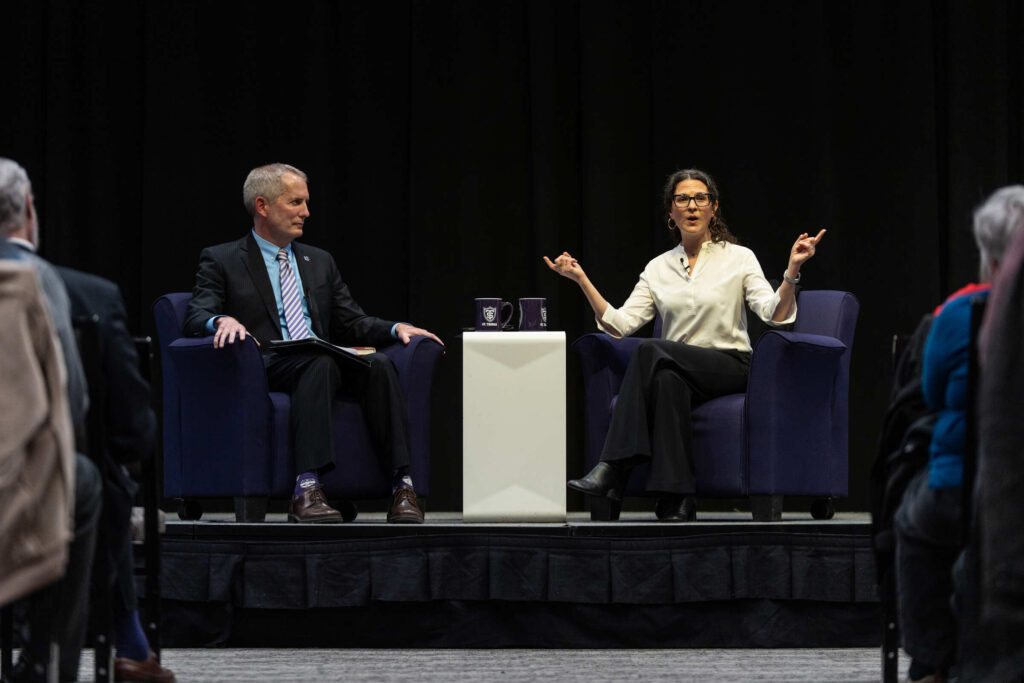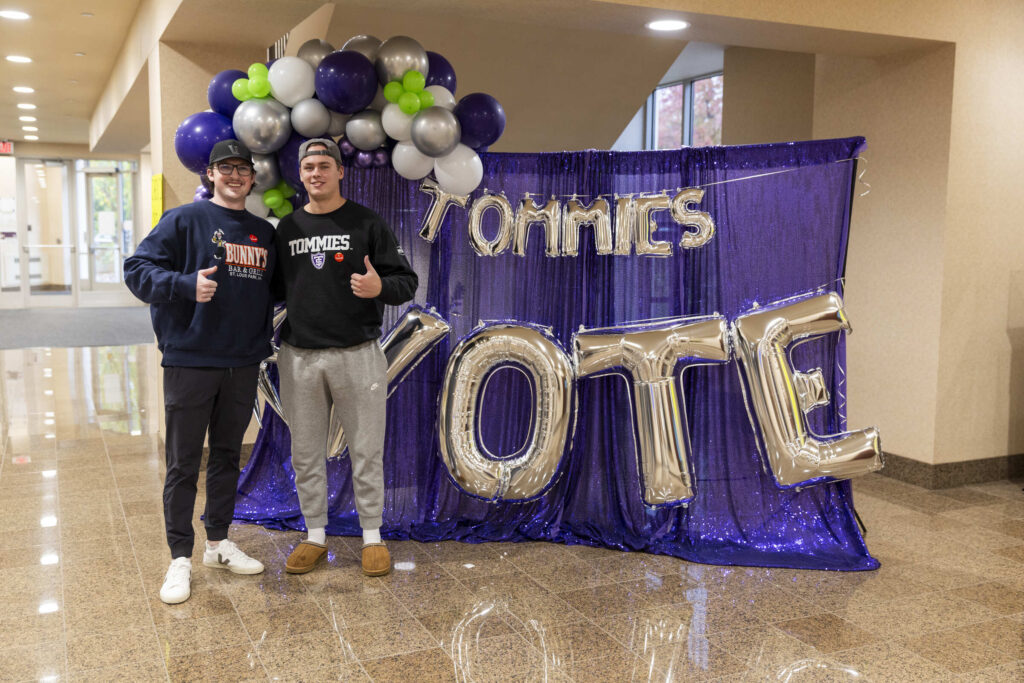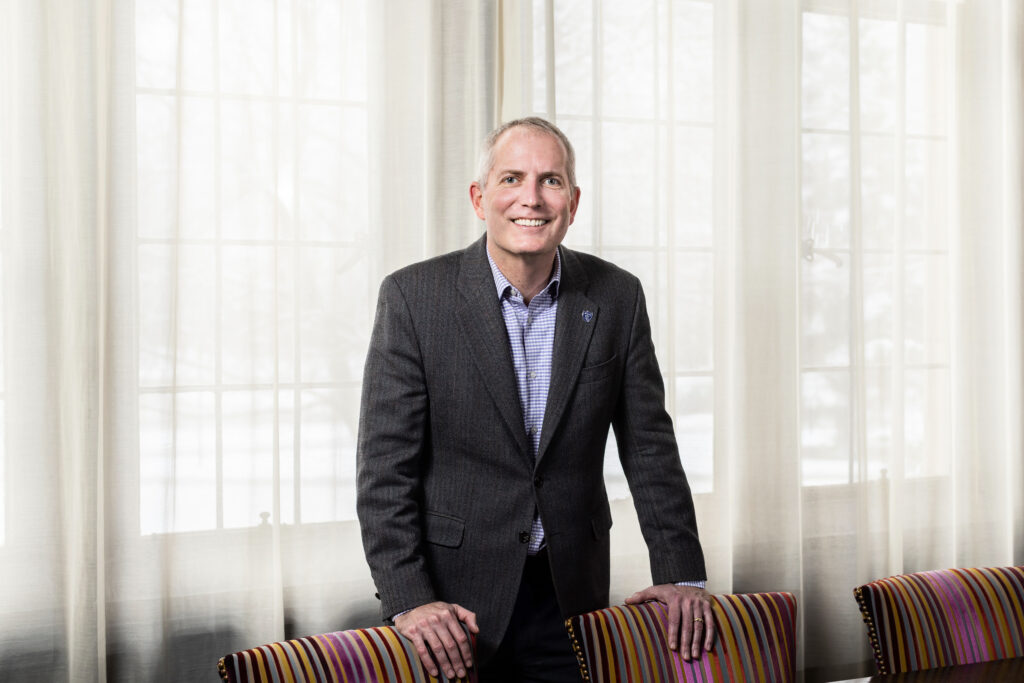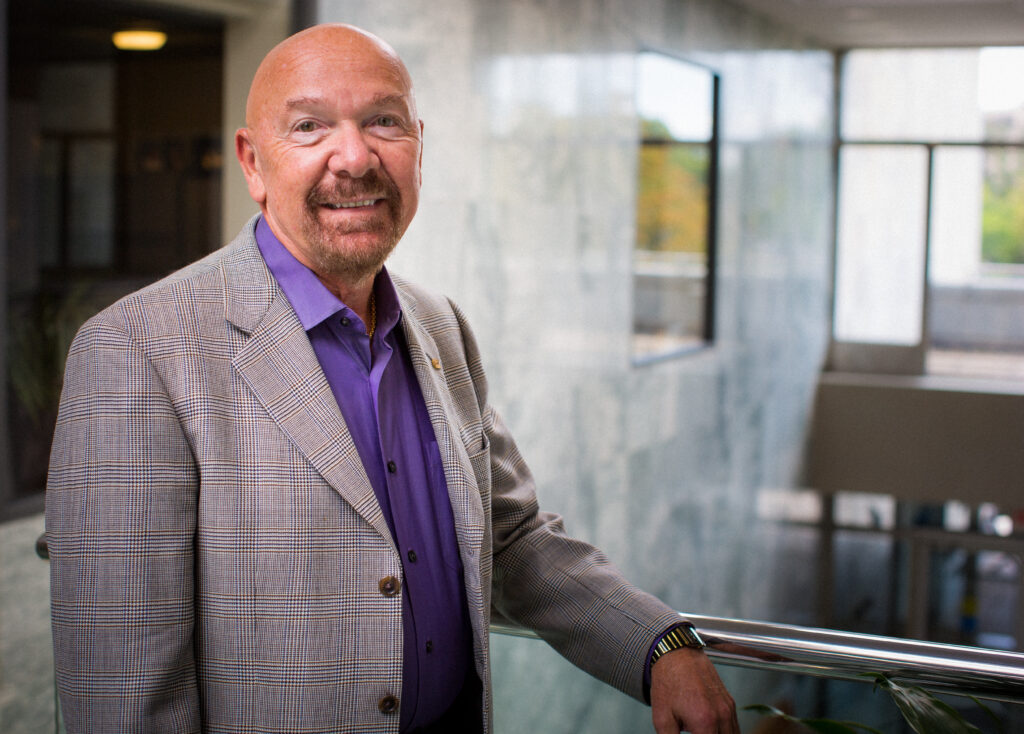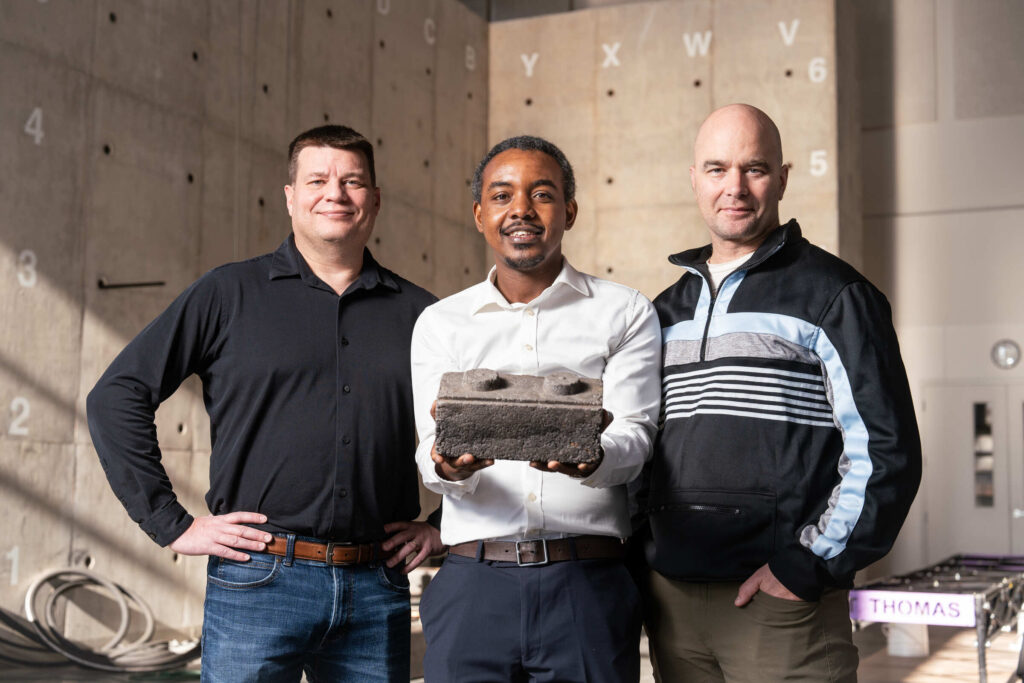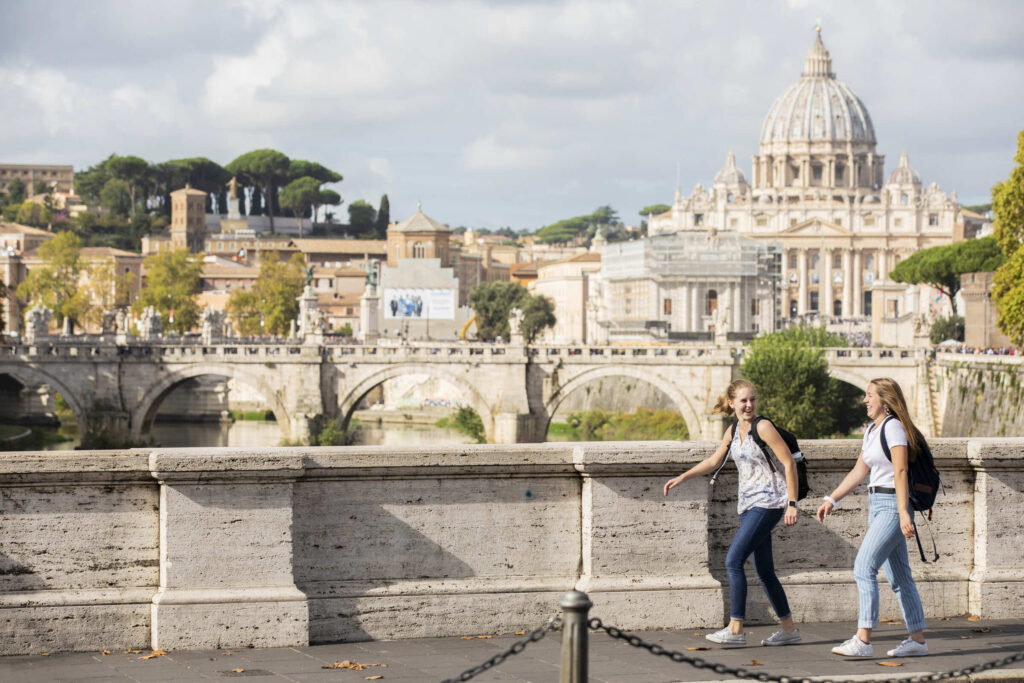University of St. Thomas new home for American Museum of Asmat Art
The University of St. Thomas soon will house a museum known nationally for its collection of tribal art from New Guinea.
The university this summer will become the new home for the American Museum of Asmat Art, which since 1995 has been located at the provincial headquarters of the Crosier Fathers and Brothers in Shoreview, Minn.
The museum’s entire collection will be donated to the university, it was announced at June 13 event for museum donors and friends.

The Crosier order is preparing for a July 1 move of its headquarters to Phoenix, Ariz., necessitating a new home for the museum, which in 1995 was incorporated as an independent, nonprofit organization. The museum’s board began a search earlier last year for a new organizational partner.
The museum, which began in 1975 as the Crosier Asmat Museum in Hastings, Neb., is one of two established since this order of Catholic priests and brothers began missionary work in 1958 with the Asmat, a tribal people indigenous to the southwest coast of the island of New Guinea -- a region known as Irian Jaya or West Papua, Indonesia. The Crosiers also founded the Museum of Culture and Progress in Agats, a village in eastern Indonesia.
About 70,000 Asmat are scattered today among 120 different villages of the region’s rainforests. First seen by Dutch traders in 1623 and by Captain James Cook in 1770, the Asmat had a reputation for warfare, headhunting and cannibalism until the 1950s, when missionaries and other outsiders encouraged an end to these practices. Today the Asmat are a hunting-and-gathering culture noted for exquisite woodcarving and veneration of ancestors.
The Rev. Dennis Dease, president of St. Thomas, called the museum’s acquisition “another illustration of St. Thomas’ expanding commitment to the arts. This collection will serve to remind us that the human artistic imagination is boundless and knows no geographic boundaries. St. Thomas is honored to participate in the Crosier community’s mission to the Asmat people,” he said.
Dr. Marisa Kelly, dean of the university’s College of Arts and Sciences, called the museum’s collection “one of the premier collections of its kind in the United States.” Insured for more than a million dollars, it consists of more than 1,500 objects, in addition to publications and multimedia resources, and includes carvings, masks, shields, canoes, drums and other artifacts of Asmat culture.
The museum’s collection and offices will be relocated to the university’s St. Paul campus beginning this summer, and a national search will be conducted to hire a museum director. Long-term plans include a permanent gallery on the campus, integration of the collection into university art history programs, K-12 educational outreach efforts, and continued collaborative off-campus exhibitions. The museum will be renamed “The American Museum of Asmat Art at the University of St. Thomas.”
Kelly said that the museum’s first exhibit on the St. Thomas campus is likely next spring.
